As scheduled, I was again asked by Investment Newspaper to write an article on the topic of "affordable housing".
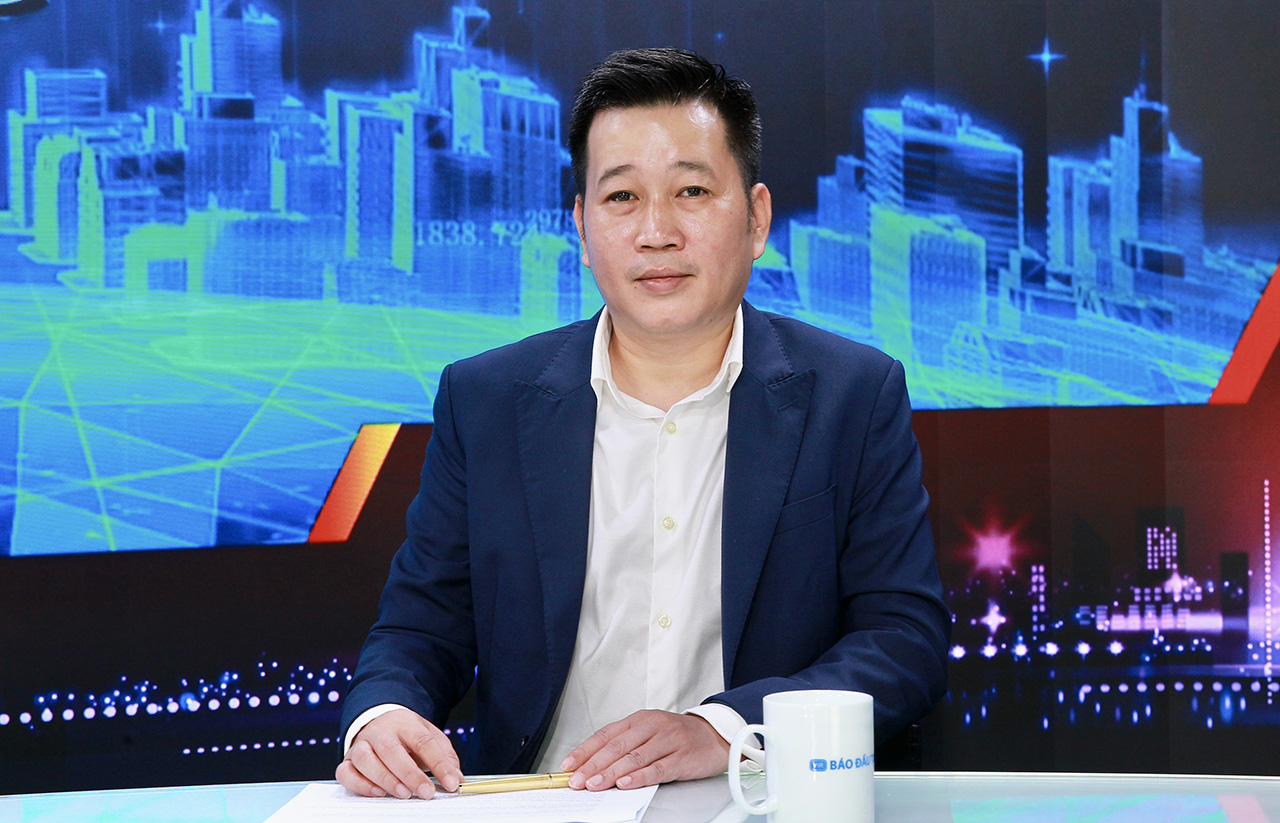 |
Mr. Nguyen Hoang Nam, General Director of G-Home, Social Housing Expert |
1.
To be honest, although I have participated in many television interviews about this story and have also written many articles about housing in the past year, whenever the topic of "affordable housing" is mentioned, I find it difficult.
It is difficult not only because this story has been analyzed and dissected by too many experts and researchers, and whether I can write anything better or not, but also because in practice, working as a project development consultant, broker, and even in some aspects, the role of an investor, but actually making "affordable housing" has too many obstacles.
Financial potential is one thing and largely determines the success of a real estate investment project, but the story of building a pricing strategy that is truly "affordable" for the majority of people with real housing needs according to current reality is a huge challenge for any business.
Owning a large enough piece of land is only a necessary condition for implementing a project (not to mention whether the housing project is expensive or cheap), but the sufficient condition is a long series of procedures that may take several years to complete. That does not even take into account whether the land is in the planning and eligible for land use conversion (in cases where it is not non-agricultural land).
This shows that the process is very long and the input costs of a project are often very high. With the current long project approval process, the input costs are often very high and the highest is usually the land cost. Not to mention the story of interest when most businesses have to use financial leverage.
Suppose you have to borrow 300 billion VND to buy a plot of land to implement a project. Thus, for every year of delay in completing the project procedures, the enterprise loses 10% of the loan interest cost, which is 30 billion VND. And to ensure the investment efficiency, the enterprise is forced to add this cost to the price, making the selling price impossible to be lower.
That is with normal "affordable housing", in the story of social housing it is much more difficult when the procedures and preferential investment policies for investors according to the previous current laws seem to be "preferential" but in reality are not as "preferential" as investors imagine.
For example, Clause 3, Article 54 of the 2014 Housing Law stipulates that investors must reserve at least 20% of the social housing area in the project for rent, and can only be sold after 5 years. In fact, with each social housing project, investors are only entitled to a maximum profit of 10%, while they have to reserve up to 20% of the area for rent, so there is almost no profit left.
Not to mention a series of other regulations on preferential land use fees for social housing, but requiring businesses to pay in advance and deduct later. In case the project procedures take about 5 years, businesses will almost be paralyzed.
2.
In fact, after the Housing Law (amended) was officially passed at the end of last year, I and many colleagues in the industry felt relieved that at least the drafting agency had recognized the problem and made more practical changes in the provisions of the law.
In particular, from untying the subjects of housing buyers to the regulation that project investors will have preferential policies when implementing social housing projects, it has also clarified the long-standing obstacles that have hindered the development of this segment.
For example, according to Article 85: Exemption from land use fees, land rent; preferential value added tax, corporate income tax...; loans with preferential interest rates; support from the Provincial People's Committee to connect the project's technical infrastructure system with the regional technical infrastructure system, ensuring synchronization of social infrastructure within and outside the project scope;
In addition, investors are entitled to a maximum profit of 10% of the total construction investment cost for the area of social housing construction; are entitled to a maximum of 20% of the total residential land area for investment in the construction of business, service, commercial, or commercial housing facilities or 20% of the total floor area of housing for business, service, and commercial; are entitled to separate accounting and enjoy all profits for the area of business, service, commercial, or commercial housing facilities; Other incentives according to the provisions of law (if any).
In addition to the core changes in the Housing Law (amended), the Land Law (amended) passed about 1 month later also changed many contents to remove difficulties in order to reduce the "complicated", "overlapping", "intertwined" investment procedures of many specialized laws.
These are groundbreaking and also very receptive changes of the state management agency to create a more harmonious, transparent and clear investment environment.
At least this will help business leaders avoid running around from one agency to another to find a solution, but still not being able to find a solution because one place might be doing it right, but another might still be doing it wrong.
Just counting the process of "Commune level asks district level", "District level asks provincial level", "Provincial level asks ministerial level", "Ministry level asks prime minister" ... the average question-and-answer cycle as I calculate it will take up to 3 months. And if this process can be shortened, it will also reduce a significant part of the cost of the house price calculated per 1m2 when it reaches people with real housing needs.
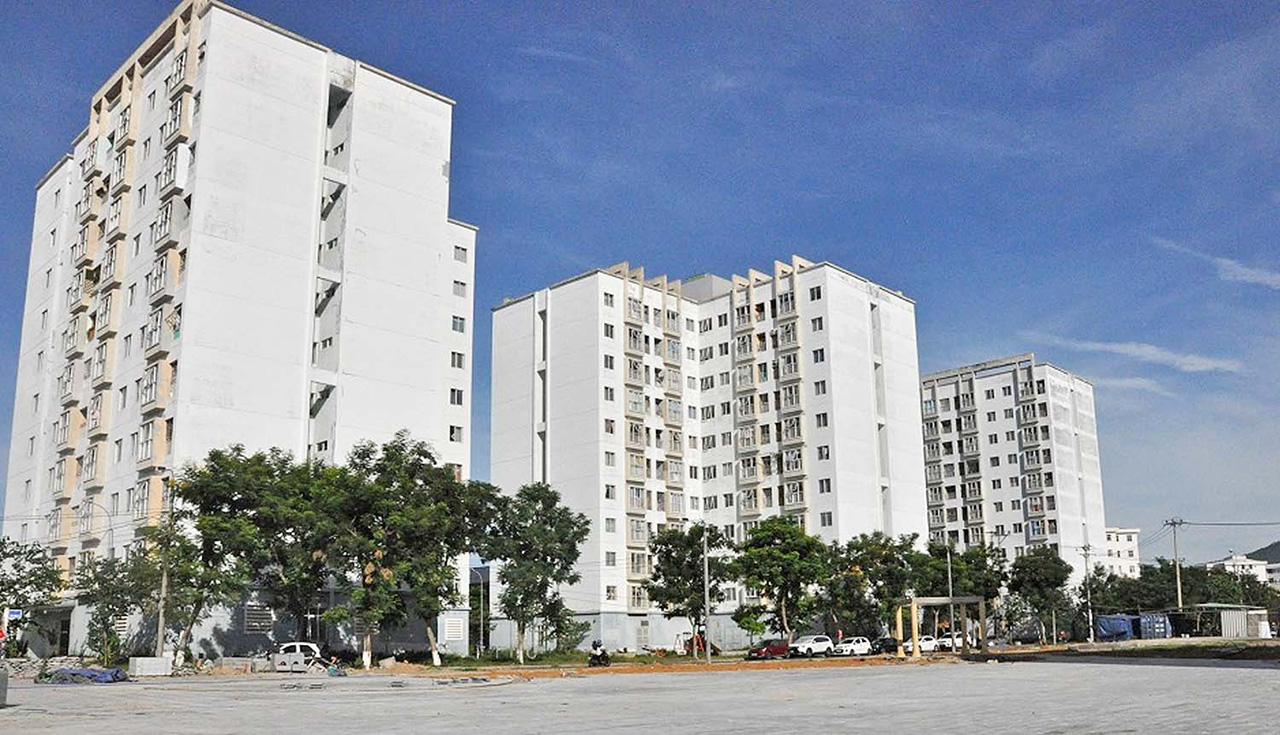 |
| A social housing project in Khanh Hoa province. |
3.
In general, reality shows that the lack of affordable housing is not a problem that only occurs in Vietnam but in many countries around the world, including developed countries. And solving the housing problem, and especially affordable housing, is not something that can be solved overnight by one person or organization, but requires contributions from all sectors of society, joint efforts from the public, private sectors and the people.
In the report presented by Chairman of the National Assembly's Economic Committee Vu Hong Thanh to the National Assembly at the morning session of May 20, the 7th Session, there were opinions suggesting that the Government assess and have solutions to stabilize the situation, and at the same time requesting that the Government direct a comprehensive inspection of the development of social housing in the past time, identify difficulties, inadequacies, violations, and negativity to strictly handle them according to the provisions of law.
I agree with the inspection, because the mechanism and policy are a challenge but extremely important to change the current ineffective reality. The question is what will we inspect, how will we inspect to have a reasonable solution and improvement, avoiding creating a negative mentality to attract investors to this "difficult" segment.
Currently, according to Clause 4, Article 1 of Decree No. 49/2021/ND-CP, commercial housing projects with a land use scale of 2 hectares or more in special and type 1 urban areas, or 5 hectares or more in type 2 and 3 urban areas must reserve 20% of the total land area for building social housing.
In theory, this land fund must be clean land (cleared), even with infrastructure, and in reality, every province in 63 provinces/cities has an urban area. So why are there still many provinces that have not implemented any social housing projects? Where does this land fund go? Therefore, this is an issue that needs to be focused on inspection according to the request of the National Assembly's Economic Committee.
Of course, in addition, in previous articles, I have mentioned many cases of poor and disadvantaged people having difficulty accessing social housing due to procedural problems. The current regulation that only "officials, civil servants, and public employees" are one of the 10 groups of subjects eligible to buy social housing, but workers who have only signed contracts and have not yet been on the payroll, is a huge limitation that needs to be inspected and removed, to eliminate the situation of poor people who are eligible to buy social housing but are still waiting wearily just because they lack a local seal.
Whether the person being purchased is really low-income or not is also a controversial issue. In fact, many people's main salary can be "low" but their "side job" can be very high and the current data system is not capable of detecting this.
4.
One thing I appreciate about the recent revision of the Law projects is that the drafting agency has been very receptive, proactively listening to the opinions of market members as well as surveying and evaluating the reality. This is a positive aspect, because only by looking deeply into the actual shortcomings from both sides can we move towards speeding up the removal of obstacles and solving the root causes of the problems the market is facing.
Therefore, I also hope that the story of implementation, supervision and inspection in the future will also be based on the spirit of openness, focus and solve the core problems that the market is facing.
Source: https://baodautu.vn/batdongsan/go-nghen-trong-cau-chuyen-ve-nha-binh-dan-d215705.html




![[Photo] Looking back at the impressive moments of the Vietnamese rescue team in Myanmar](https://vstatic.vietnam.vn/vietnam/resource/IMAGE/2025/4/11/5623ca902a934e19b604c718265249d0)

![[Photo] "Beauties" participate in the parade rehearsal at Bien Hoa airport](https://vstatic.vietnam.vn/vietnam/resource/IMAGE/2025/4/11/155502af3384431e918de0e2e585d13a)



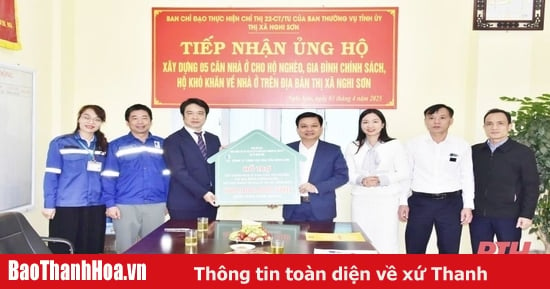
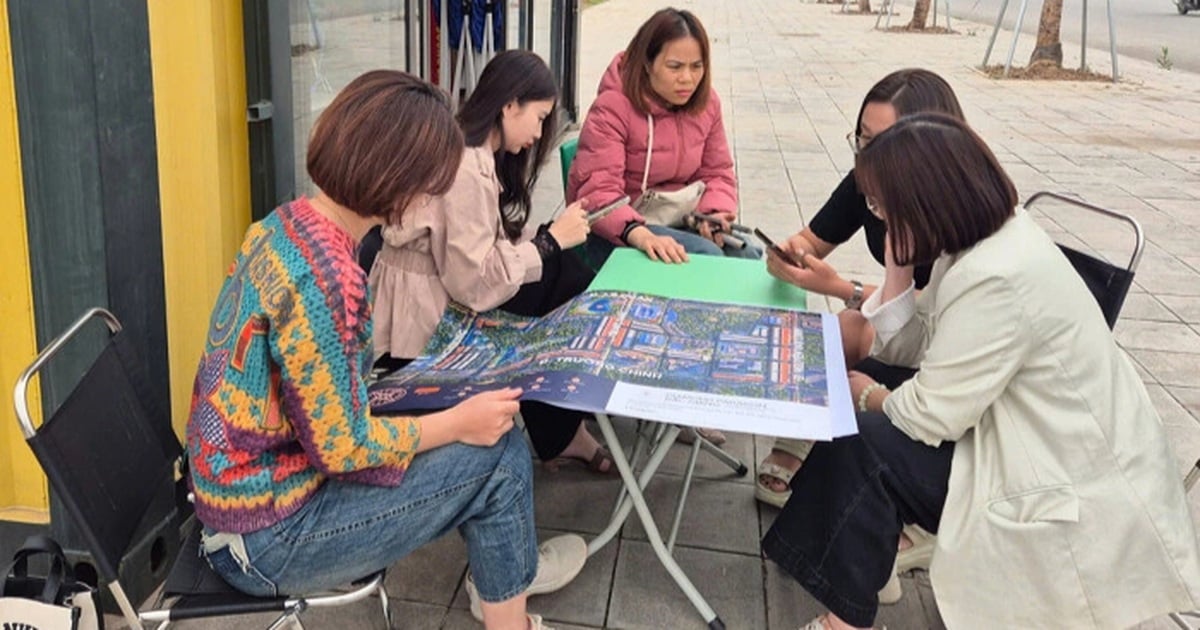



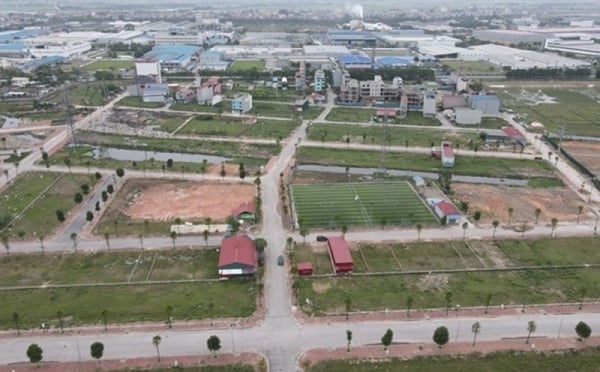
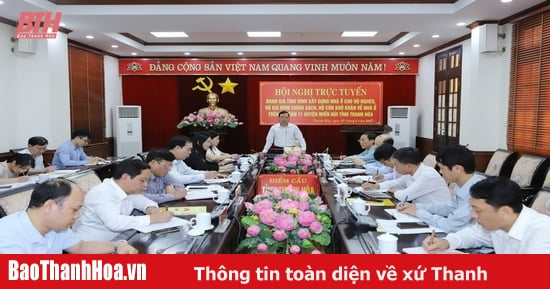


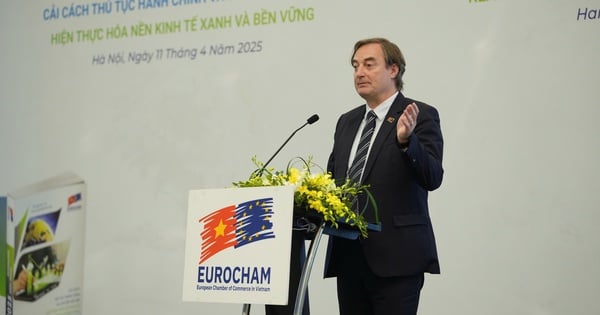
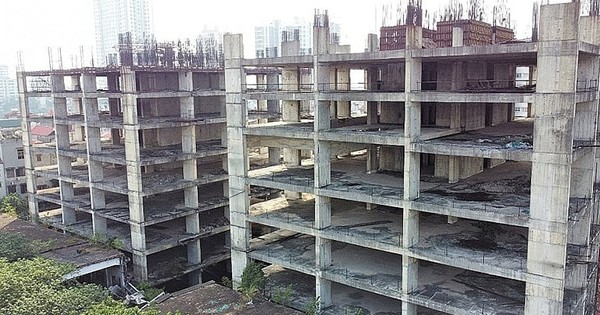

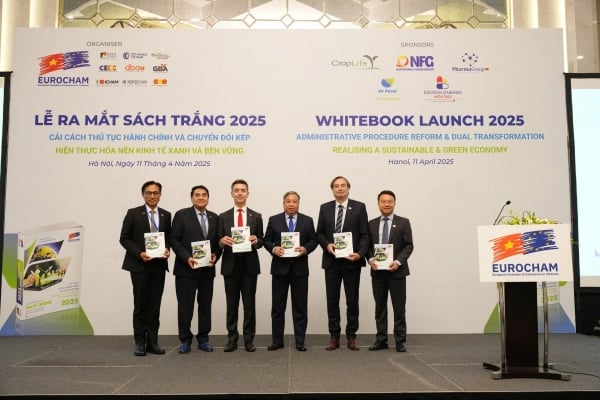


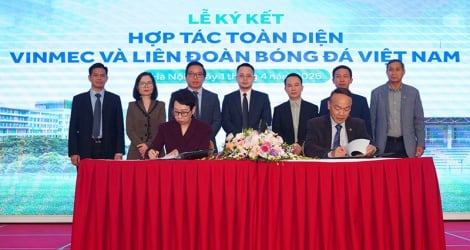

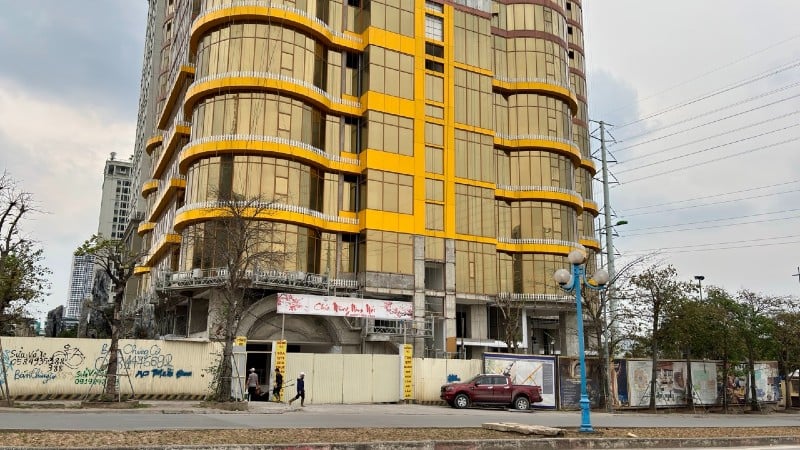

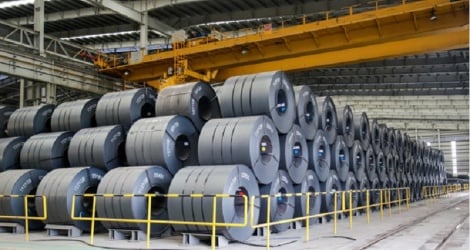
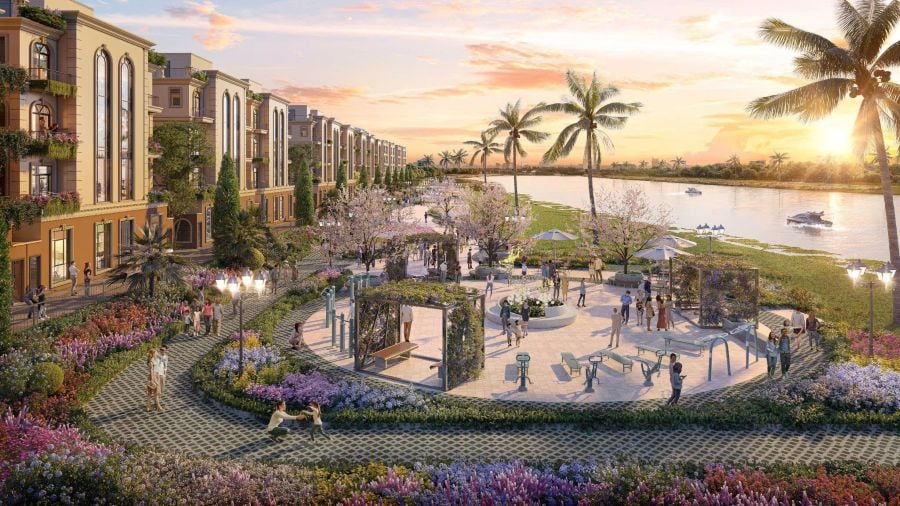
![[Photo] Summary of parade practice in preparation for the April 30th celebration](https://vstatic.vietnam.vn/vietnam/resource/IMAGE/2025/4/11/78cfee0f2cc045b387ff1a4362b5950f)








































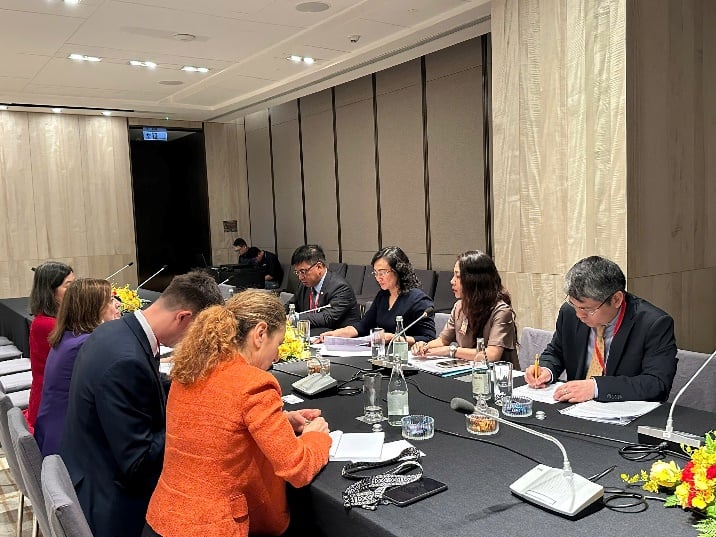
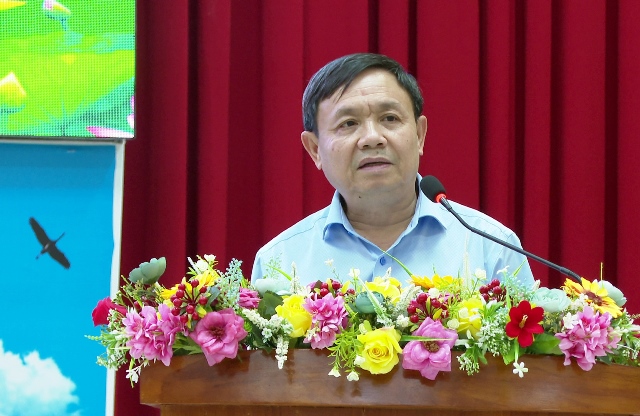


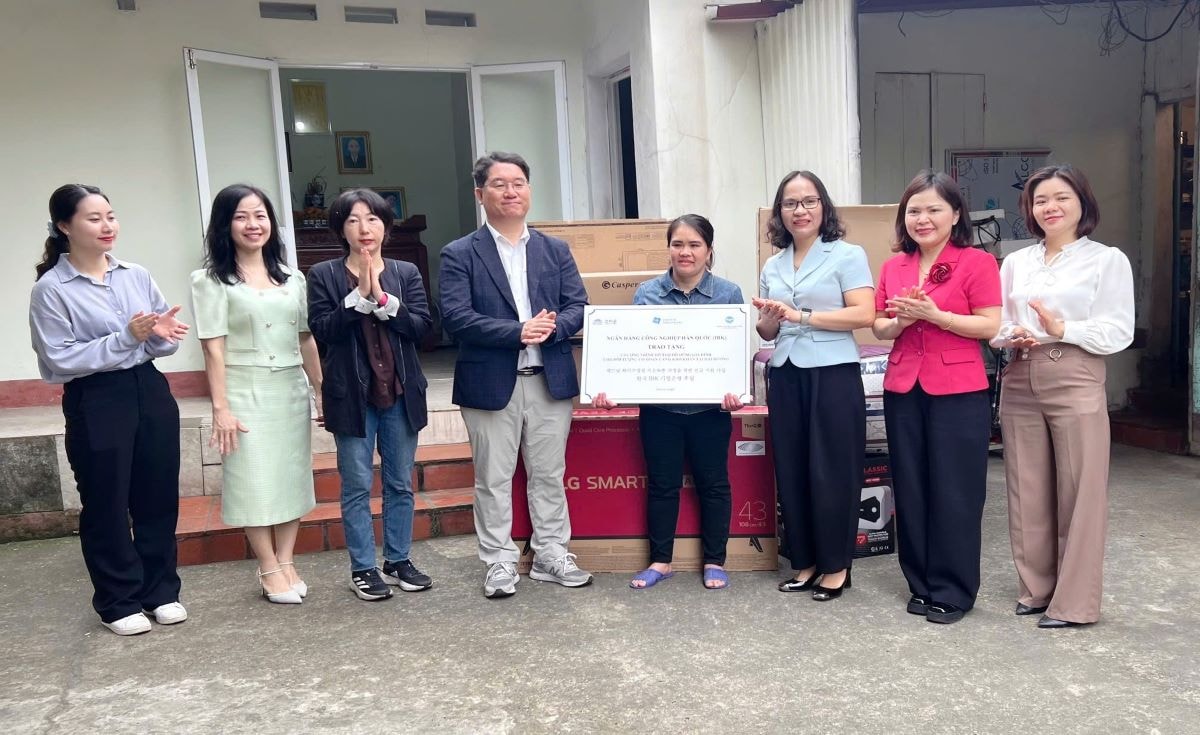



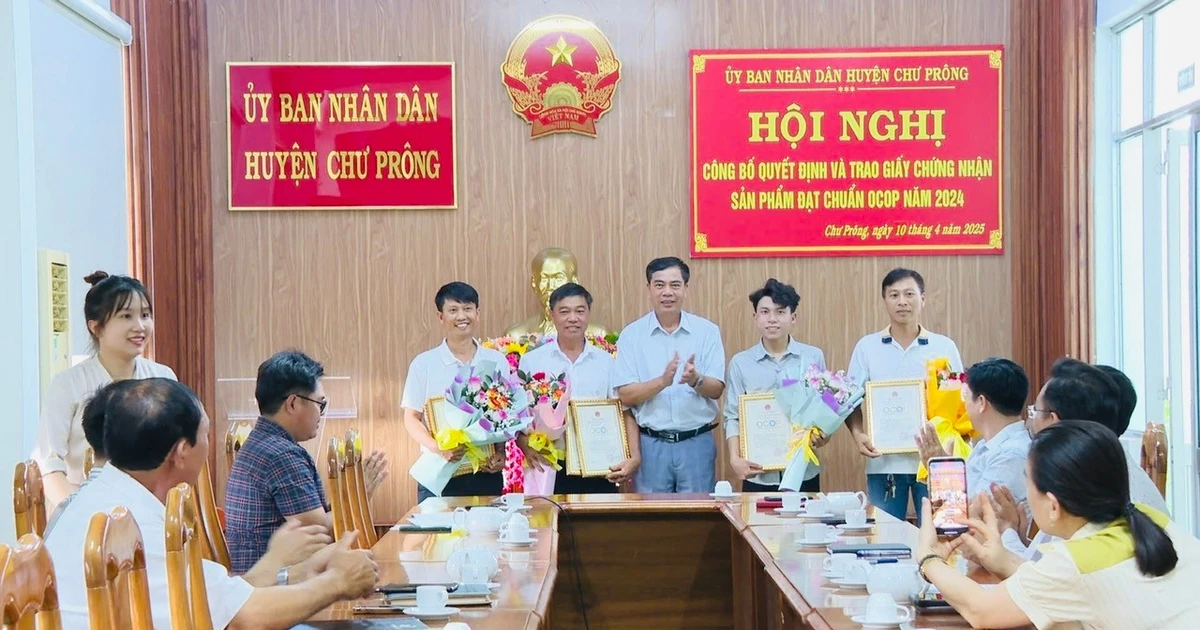












Comment (0)